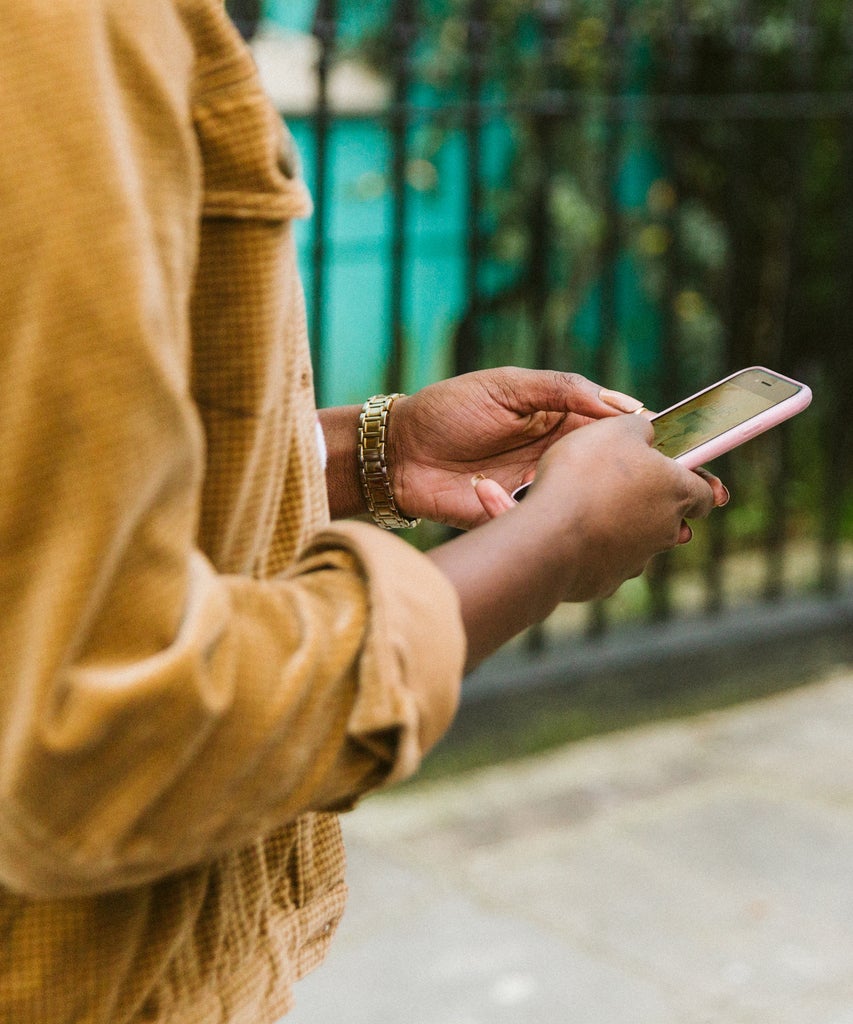
#BlackLivesMatter has over 4.6 billion posts on TikTok. While TikTok is a Chinese import, today’s users, as well as the platform, are entirely indebted to Black creators for its success.
The second half of May proved to be a crucial point for TikTok. The 19th May Blackout was a rallying cry against the uneven application of the app’s community guidelines (a claim TikTok had denied). Then in late June, as the swell of #BlackLivesMatter content rose across the internet, an unfortunate glitch that affected #BlackLivesMatter and other related (and unrelated) hashtags raised concerns over the platform’s ability to facilitate dialogue.
On 1st June , TikTok released a statement apologising to the Black community that read, “First, to our Black community: We want you to know that we hear you and we care about your experiences on TikTok. We acknowledge and apologise to our Black creators and community who have felt unsafe, unsupported, or suppressed. We don’t ever want anyone to feel that way. We welcome the voices of the Black community wholeheartedly.” The company also announced it will be donating a total of $4 million to organisations committed to helping the Black community and working to fight racial injustice.
@mecca.morphosis A read for the ##whiteout ##blackout ##blackvoicesheard ##poetry ##learnontiktok ##tiktokpartner ##blacktiktoktakeover ##blacklivesmatter
Following the release of TikTok’s statement, Refinery29 reached out to several TikTok creators who joined on the 19th May Blackout. Mecca Verdell (@mecca.morphosis), a 22-year-old based out of Baltimore, Maryland, went viral during the 19th May Blackout for her spoken word poem. She thinks TikTok’s apology is a step in the right direction. “Here’s the thing, any media is going to be a reflection of the people that created it,” she begins. “It’s all about what you allow, ignore, and what you are ignorant to. So TikTok definitely did take a step in the right direction with educating themselves on what we needed and putting their money where their mouth is about the protection of Black lives/creators.”
But that doesn’t mean the work is done. Few remember that the first batch of U.S.-based TikTok users were in fact Musical.ly users, a lip-syncing app made popular by the advent of Vine, a platform made even more popular by the creative force of its Black influencers. Verdell continues, “Everybody ‘Welcomes us’ (because we are entertaining) but that doesn’t mean they stick up for us. I suggest Black creators continue to also educate themselves on race and how racism works, and always express their experience.”
This apology is a noticeable pivot from the platform’s earlier communications, which previously refuted and denied any claim that the community guidelines weren’t being fairly applied to all users. This public apology was followed up by TikTok’s participation in Blackout Tuesday, in solidarity with Black artists and musicians. However, some say it’s still not enough.
Jailyn Feliz (@jailynisfeliz), 20, joined the 19th May Blackout and had about 5,000 followers when she started. “I posted three TikToks that day. I also spent the day liking, commenting on, and sharing the content of Black creators and following them,” Feliz says. “I was proud of the movement and seeing more Black creators on my For You Page was my motivation for participating.” By the end of the day, she had 11,000 followers. For the next three days, she continued the momentum and kept on posting, but her posts were not getting the views and engagement expected of a following of that size.
@jailynisfeliz True story😒##blackout##blackvoicesheard##JustDanceMoves##dinoday##shadowbanned##steponthegas##storytime##fyp##foryoupage##realityripple##AlmondWalk
“As I write this I have 39.4k followers and my views are still fairly low for that new number,” Feliz told Refinery29 via email. “My views have been pretty consistent with that of having 10k followers. The people that follow me are not seeing my content. However, my problem pales in comparison to those creators that I’ve seen say that they’ve been banned from posting for a certain amount of time or being shadowbanned for simply speaking out on racism on the app and in their lives.”
Shadowbanning is an increasingly popular term used to describe instances where social media platforms allegedly ban or limit the spread of content, without notifying the creator. Usually, creators will receive notifications when their content is in violation of community guidelines or is banned for a suspected offense. People that claim they’ve been shadowbanned receive no such notifications and instead, find that their followers can’t see their videos on their feeds and that their views, likes, and comments are suspiciously low. In some cases, people claim they’ve been able to lift the shadowban by removing the content they suspect got them in trouble.
“I had 11k+ followers, still growing, yet somehow the videos I posted were only getting a few hundred views to a thousand-ish views. I was baffled. Funny enough, the TikTok I made addressing the issue is now my most viewed and liked video on my page” Feliz noted. “After that, I continued to grow, and the momentum sort of picked back up. The algorithm is complicated, I’m still figuring it out.”
Like what you see? How about some more R29 goodness, right here?
How To Help Black People Today, Tomorrow & Forever